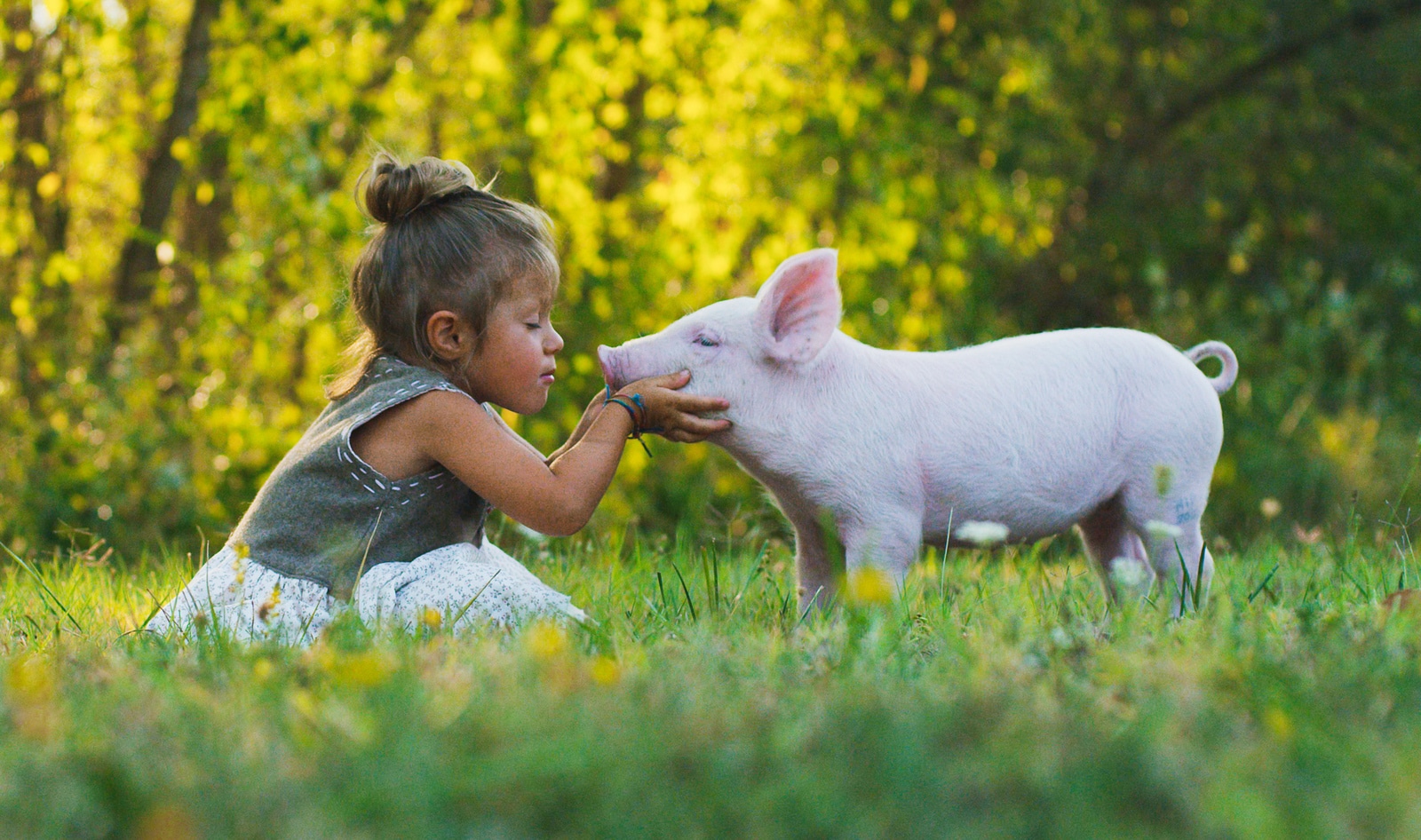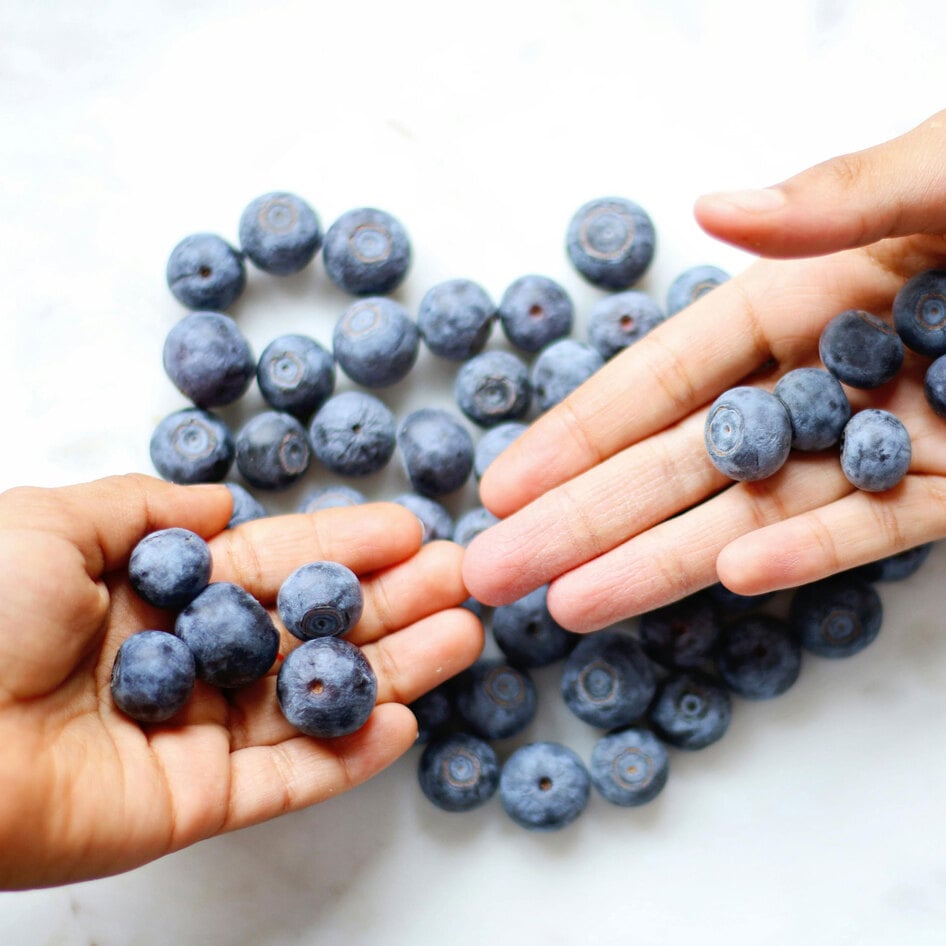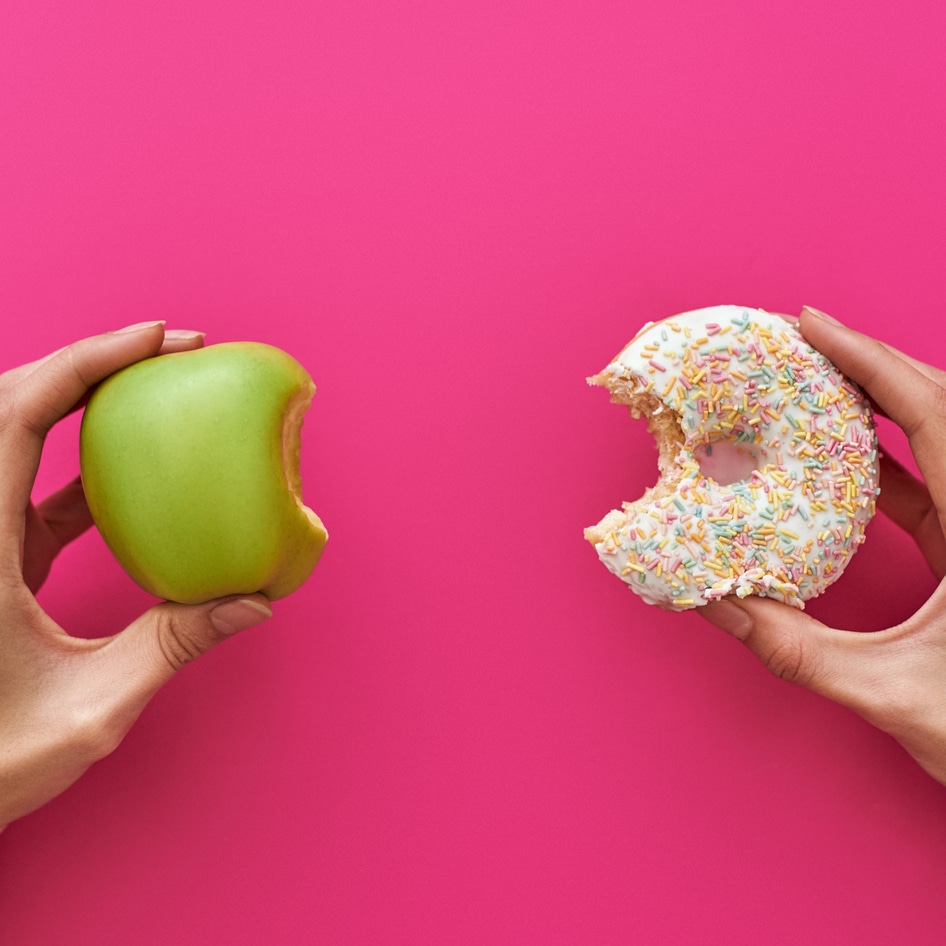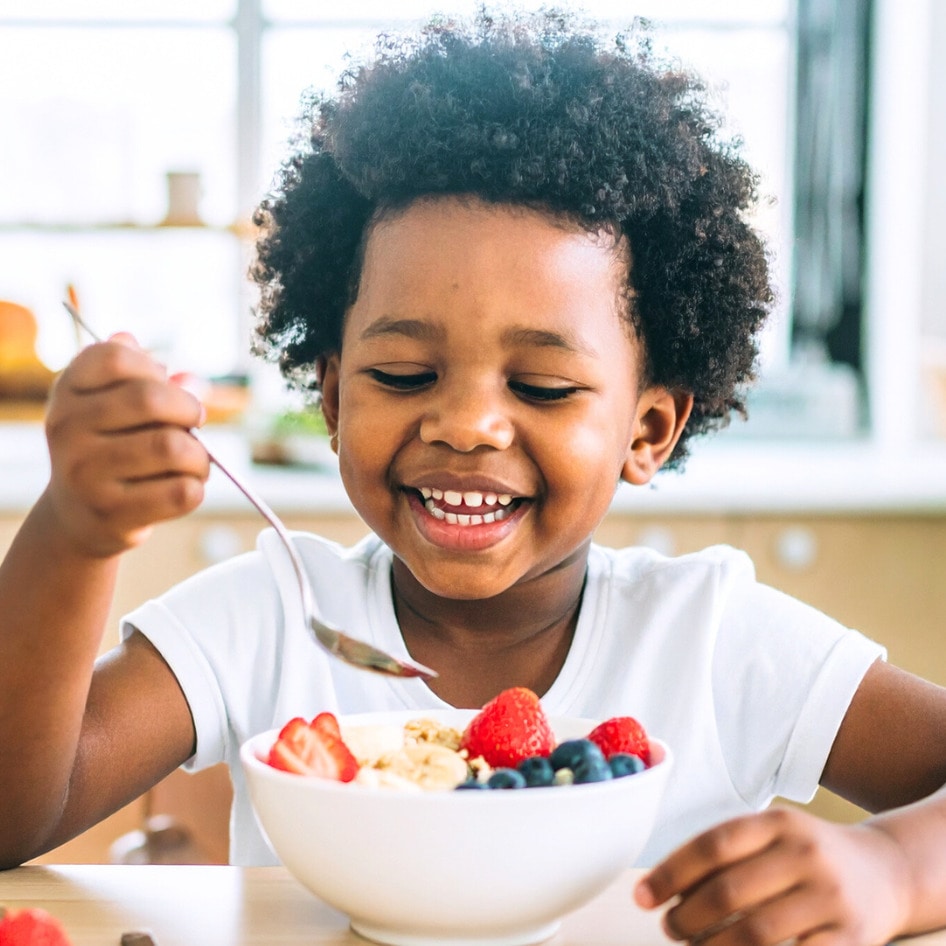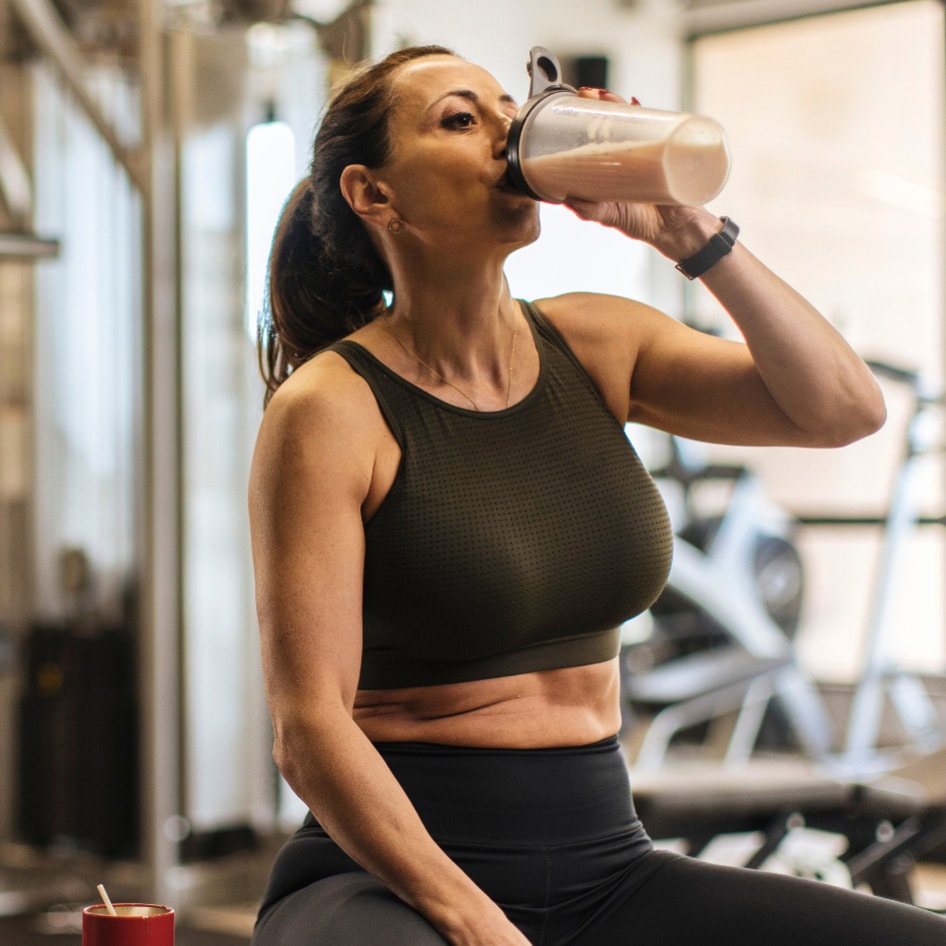When does that belief that some animals should be loved and treated well while others should be killed for food form? A new study finds that age to be approximately 11. Conducted by researchers at the University of Exeter in the United Kingdom, the study was published this month in Social Psychological and Personality Science and examined the way attitudes around identifying some animals as food and others as pets or companions change from childhood to adulthood.
Researchers surveyed 479 people across samples of children (9 to 11 years old), young adults (18 to 21 years old), and adults (29 to 59 years old) to examine how their beliefs about an animal’s worth depended on their species and how they felt the animal is usually treated and how they should be treated. Researchers found that the children group was less likely to classify animals based on species along a moral hierarchy (from pets to food). Children also believed that pigs should be treated better than what the adult group believed.
The researchers believe that these findings can help illuminate that our conceptualization of animals as food is formed as we mature into adulthood, leaving room for change in perception during the formative years. “Our findings suggest we need to consider how we talk to children about humans’ relationship with non-human animals,” lead author Luke McGuire, PhD, said in a statement. “Children are motivated to consider harm against the natural world, including animals, and as such we might want to consider beginning these discussions about food decisions early in life.”
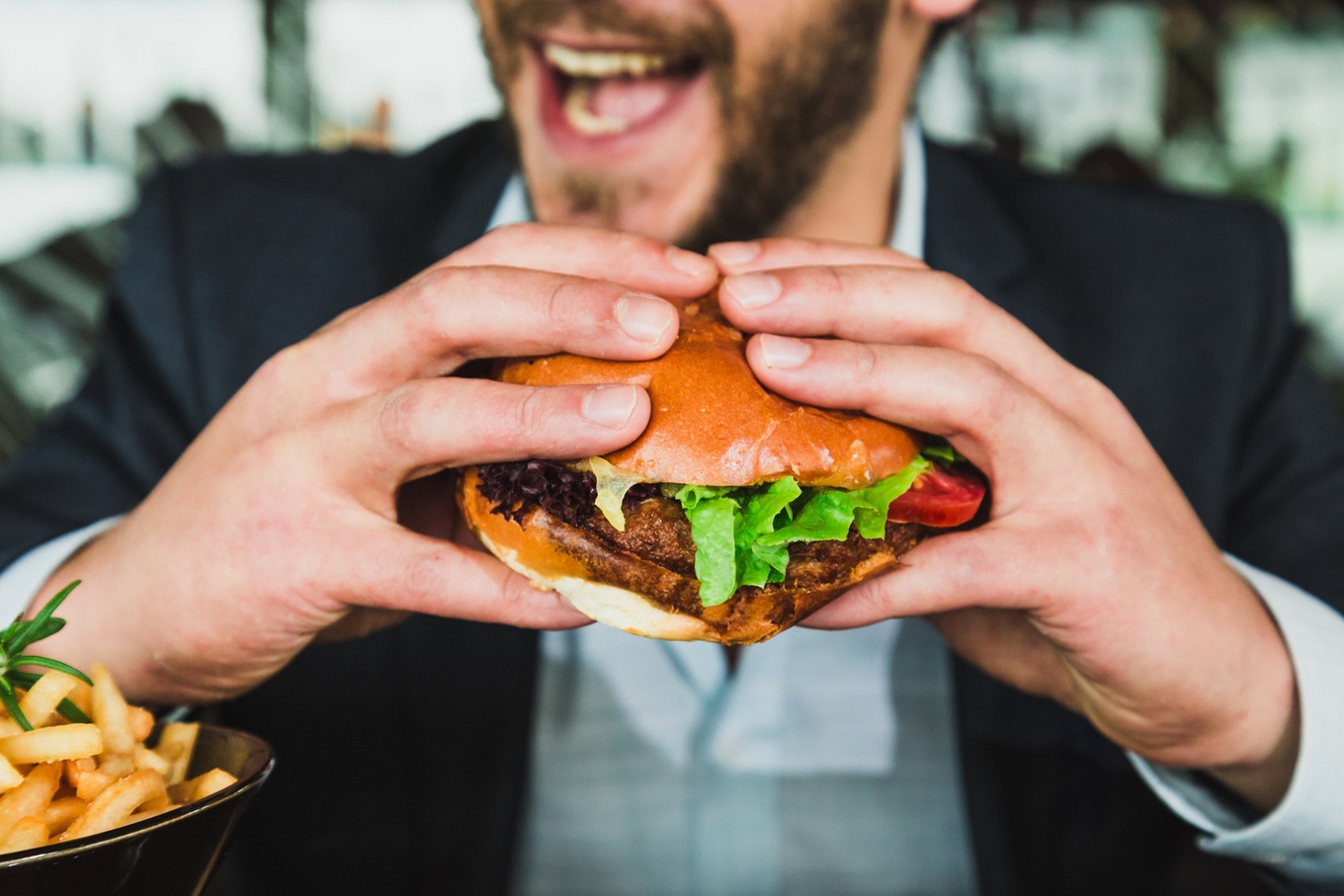
Cognitive dissonance and animal foods
For adults who have solidified their views around which animals are food and which are companions, cognitive dissonance is a mental process that bridges the gap between loving animals and eating them. However, it is not impenetrable.
Back in 2017, KFC ran a commercial with live, relatable chickens who were dancing to the tune of late rapper DMX’s “X Gon’ Give It To Ya.” The commercial intended to entice viewers to order the parts of the bird KFC was “gon’ give” to them but instead, people took to Twitter in outrage, expressing disgust over making the connection between the live bird and the wings, thighs, and breasts at KFC.
Similarly, in 2016, a photo of a nipple still attached to a strip of bacon went viral after a woman in Burlington, WI shared it on Facebook. Commenters expressed disgust over the bacon strip, with many acknowledging that seeing the nipple put things into perspective. “That moment of cognitive dissonance when you realize that the food you’re eating was once a living creature,” one commentator said. “What a concept.”
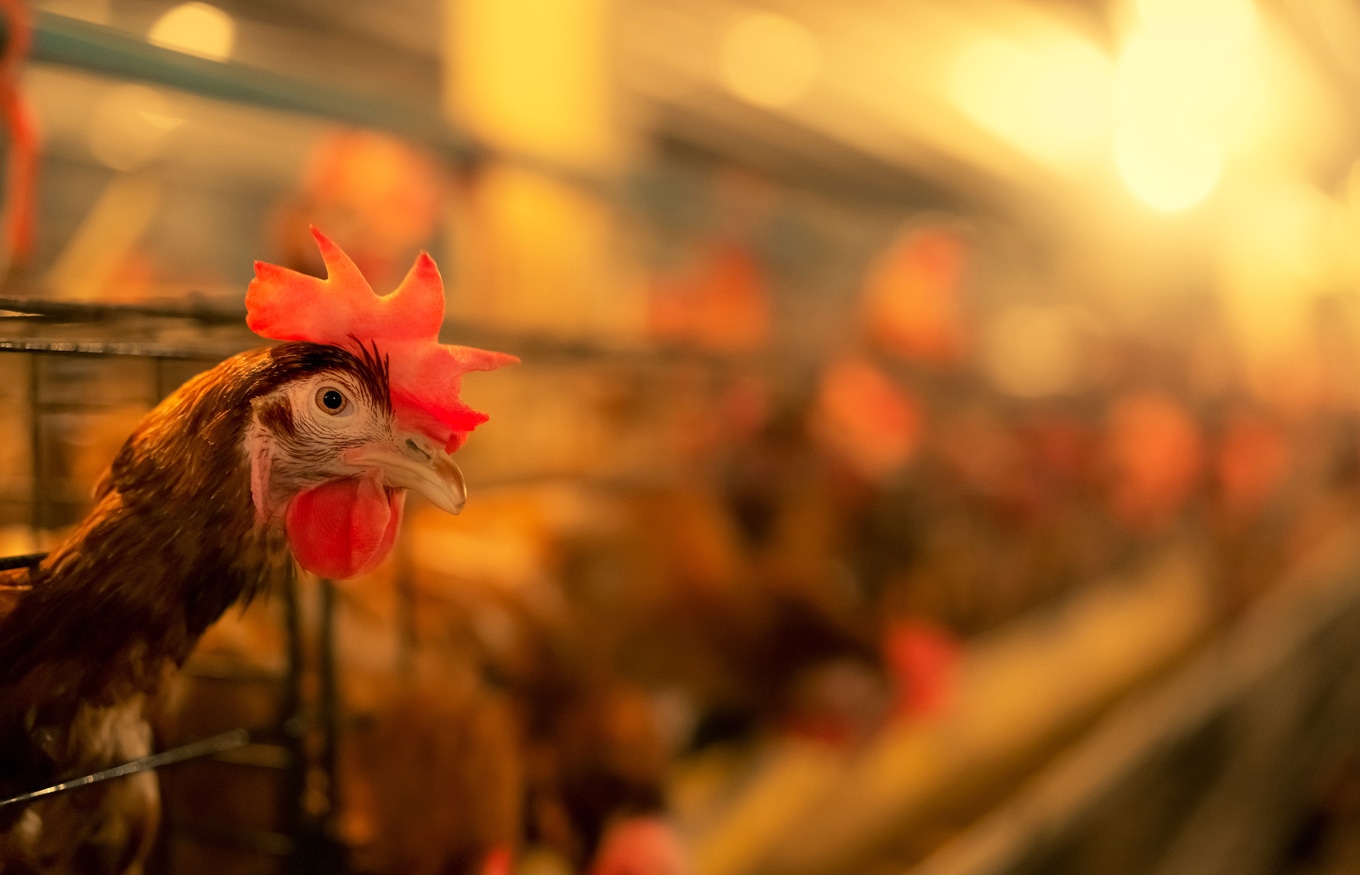
In addition to the University of Exeter study, other research has been done about these disconnects in thinking, including a 2017 survey conducted by non-profit think tank Sentience Institute. Here, researchers asked a representative sample of 1,094 questions about their attitudes in regard to animal agriculture and found that nearly half of the participants (47 percent) wanted to ban slaughterhouses, 33 percent supported banning all animal farming, and 69 percent identified animal agriculture as one of the most important social issues in the world today.
However, most of these people still continued to consume animal products regularly. Notably, 58 percent of the participants thought “most farmed animals are treated well” despite the fact that 99 percent of food animals live on factory farms, the squalid conditions of which have been exposed for decades by undercover investigations. This illustrates that animal agriculture lobby groups have had a lot of success feeding the general public’s cognitive dissonance, convincing them that animals raised for food are treated well and that eating them is morally permissible.
Flipping the script on speciesism
The most recent study points to the fact that humans are capable of what is called “moral acrobatics,” or situations that seem contradictory that we hold to be true simultaneously. In a construct known as “speciesism,” we can treat some animals as well as we treat children (such as cats and dogs) while supporting the mistreatment of others (such as pigs, chickens, and cows, who we know to be highly intelligent).
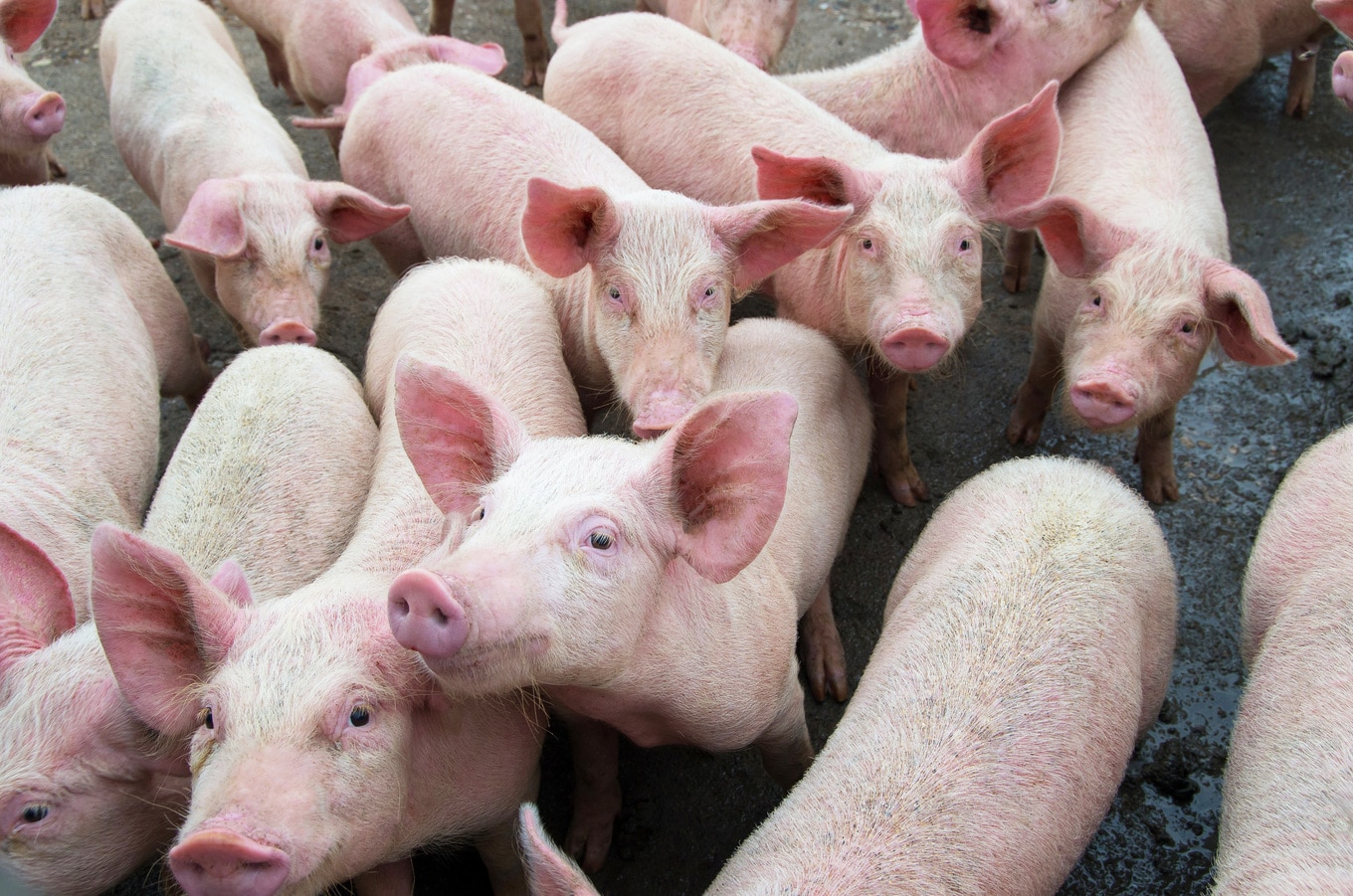
After finding that the formation of these categories is quite malleable early in life, McGuire advises that looking at the development of speciesism in adolescence can be beneficial in fighting the climate crisis—much of which is fueled by animal agriculture. “As with all social psychological processes, it is worth stepping back to consider where these attitudes and cognitions come from,” McGuire said. “Critically examining our relationship with animals ought to be a primary goal of tackling climate change and one that begins in childhood.”
For more about the psychology of eating animals, read:
Oxford Professor Develops Bacon-Scented Patch To Help People Go Vegan
79 Percent of German Vegans Refuse to Date Meat-Eaters
Researchers Link Eating Meat to Sexism
JUMP TO ... Latest News | Recipes | Guides | Health | Subscribe

